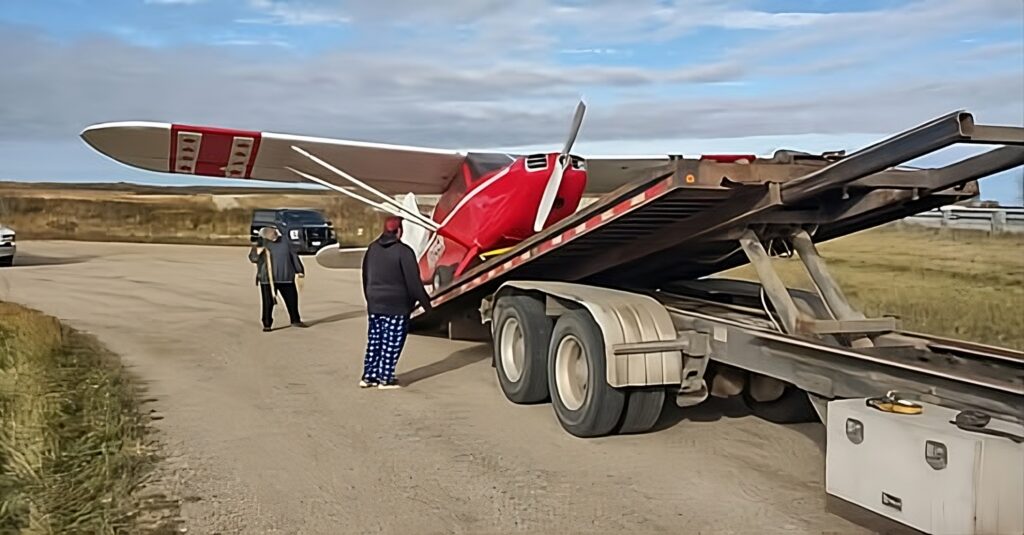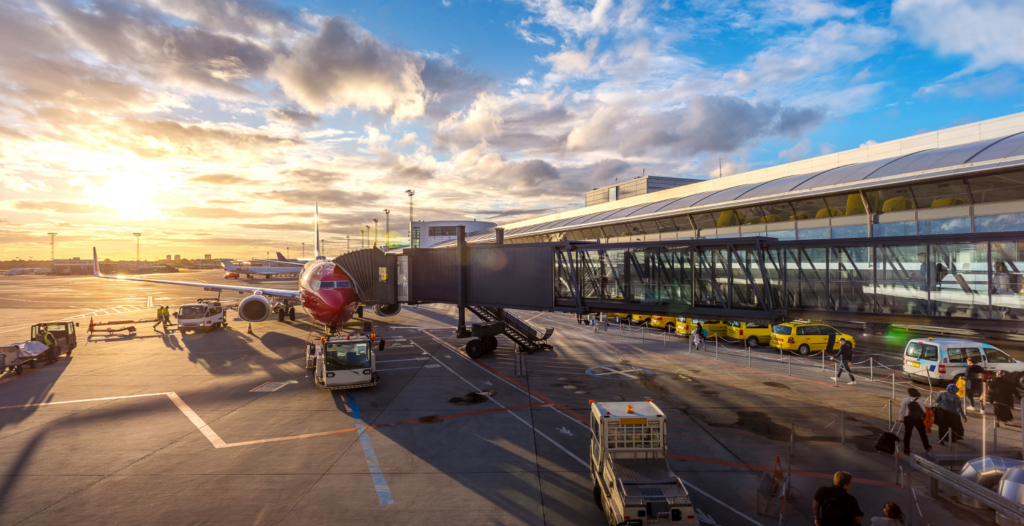First Time? Preparing for a Long Flight
Embarking on your first long-haul flight can be both exhilarating and daunting. The thrill of exploring a new destination is often tempered by concerns about the journey ahead. From navigating airport terminals to managing the effects of time zone changes, long flights demand more thorough preparation than your average trip. But with the right guidance, you can transform this challenge into an enjoyable part of your adventure. Fear not! This comprehensive guide will equip you with essential tips and strategies, including a Step-by-Step Long-Haul Flight Preparation Checklist , to ensure your experience is comfortable, enjoyable, and stress-free.
Before the Flight
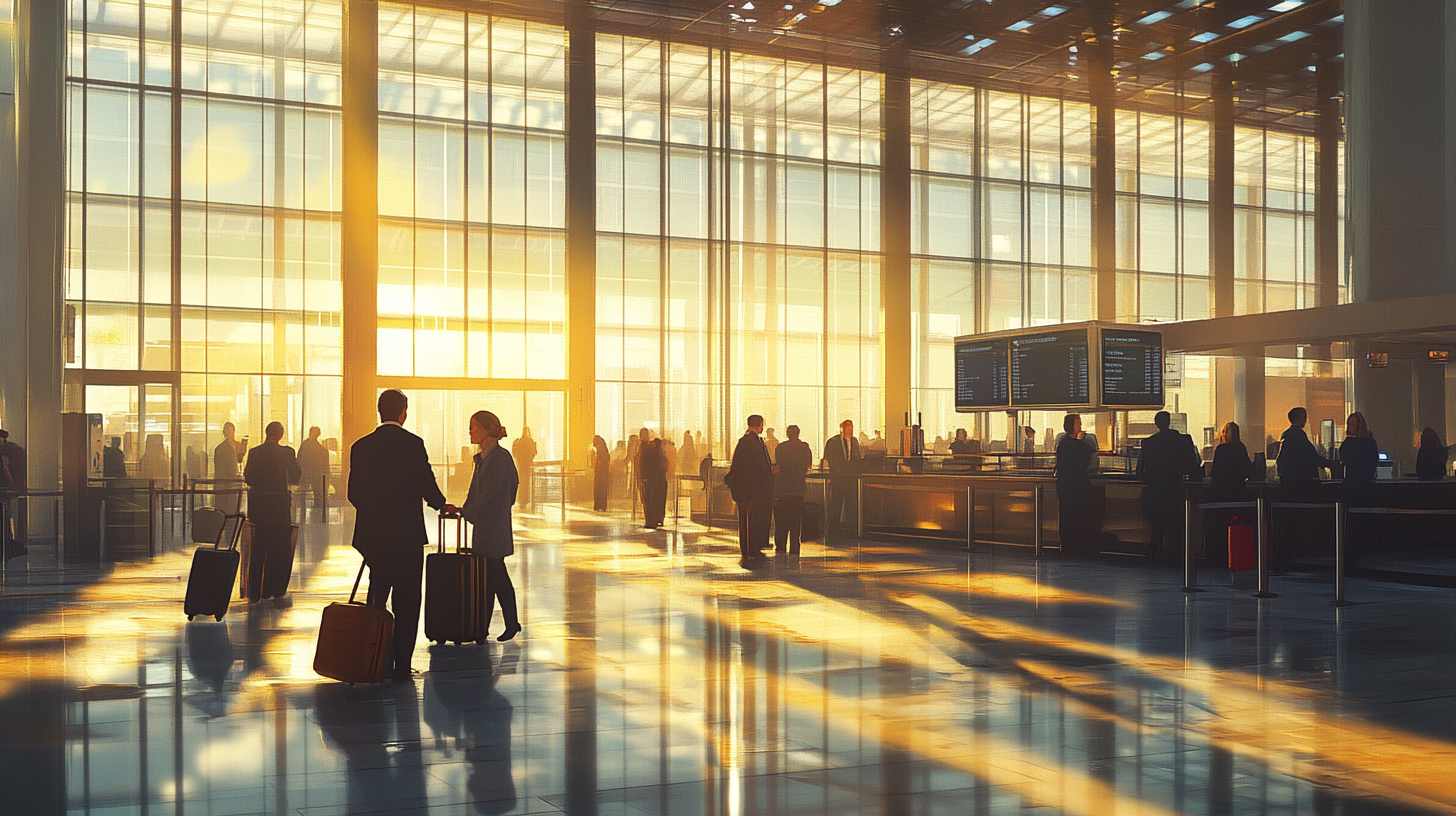
Booking the Right Flight

When preparing for a long flight, selecting the right ticket goes beyond just finding the cheapest fare. Consider airlines known for their comfort, customer service, and amenities, especially for lengthy journeys. For instance, carriers like WestJet and American Airlines are praised for their spacious seats and in-flight services. Don’t overlook the importance of flight connections; tight or challenging layovers can lead to missed flights and added stress. Utilize resources like Comprehensive Airline Comparison Tools for Long-Haul Flights to assess different carriers. Booking early not only gives you access to better seat selections but may also increase your chances of securing upgrades or utilizing air miles for a touch of luxury. Additionally, investing time in selecting the perfect seat—perhaps with the help of a Guide to Choosing the Best Airplane Seat for Long Flights —can significantly enhance your in-flight comfort.
Researching aircraft types and seat configurations can significantly impact your comfort during those extended hours in the sky. Websites like SeatGuru Airplane Seat Maps and Reviews provide detailed seat maps and passenger feedback, helping you make an informed choice. Additionally, consider using Tools for Tracking Flight Amenities and Aircraft Information to know what to expect onboard. Remember, your journey begins long before you step on the plane, and proper planning is key to a smooth experience.
Organizing Travel Documents
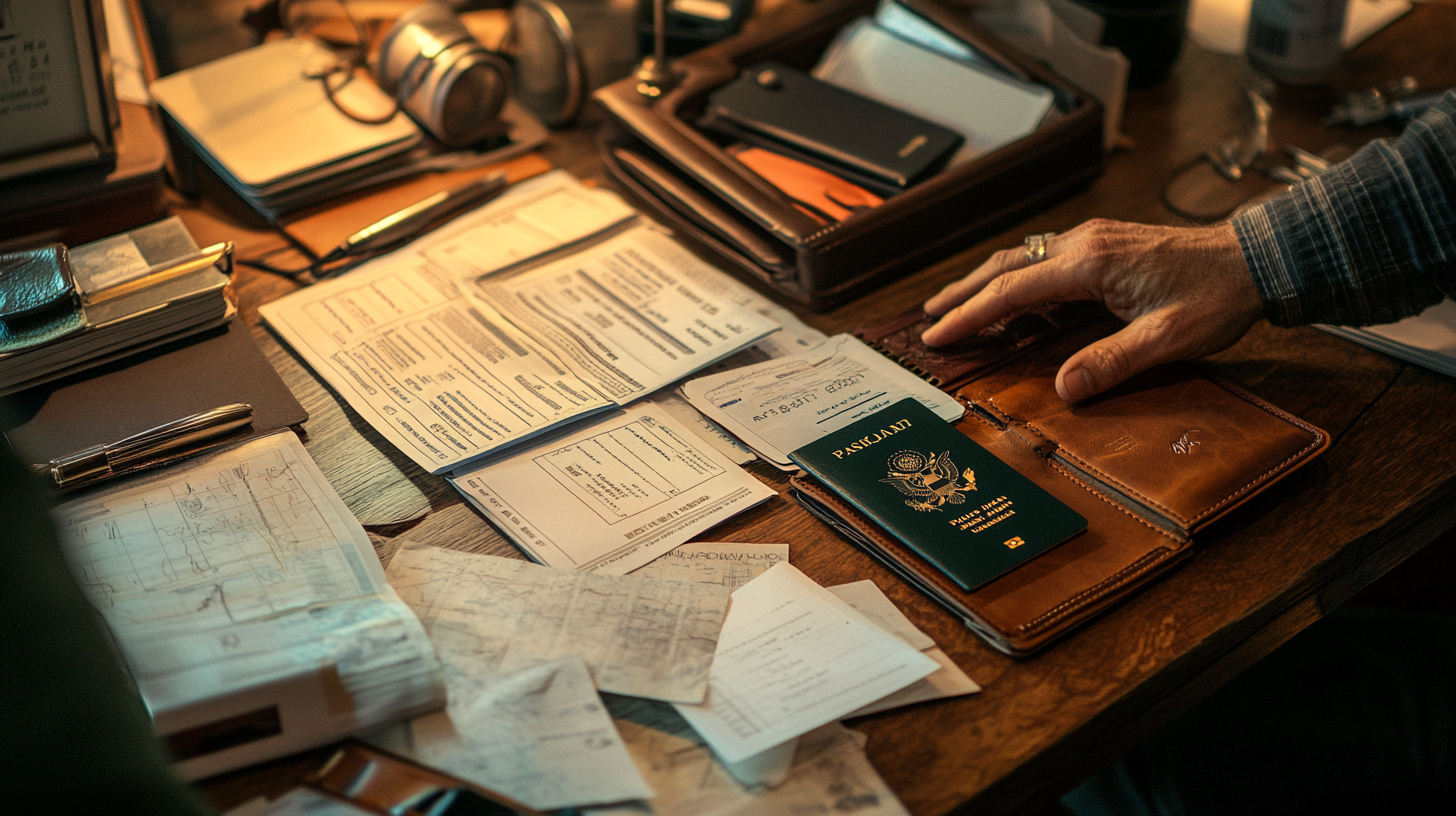
An often overlooked aspect of travel preparation is ensuring all your travel documents are in order. Verify that your passport and any necessary visas are valid well beyond your return date. It’s wise to arrange and duplicate important documents both physically and electronically. Utilizing Secure Travel Document Management Apps allows you to store accessible copies on your phone or cloud storage, which can be a lifesaver in unforeseen situations.
Don’t forget to check if you need any special documentation, such as medical certificates or travel insurance policies. Being organized with your paperwork not only speeds up airport procedures but also provides peace of mind, allowing you to focus on the excitement of your trip ahead. For added security, explore Comprehensive Travel Insurance Options for International Flights to protect yourself against unexpected events.
Packing Essentials
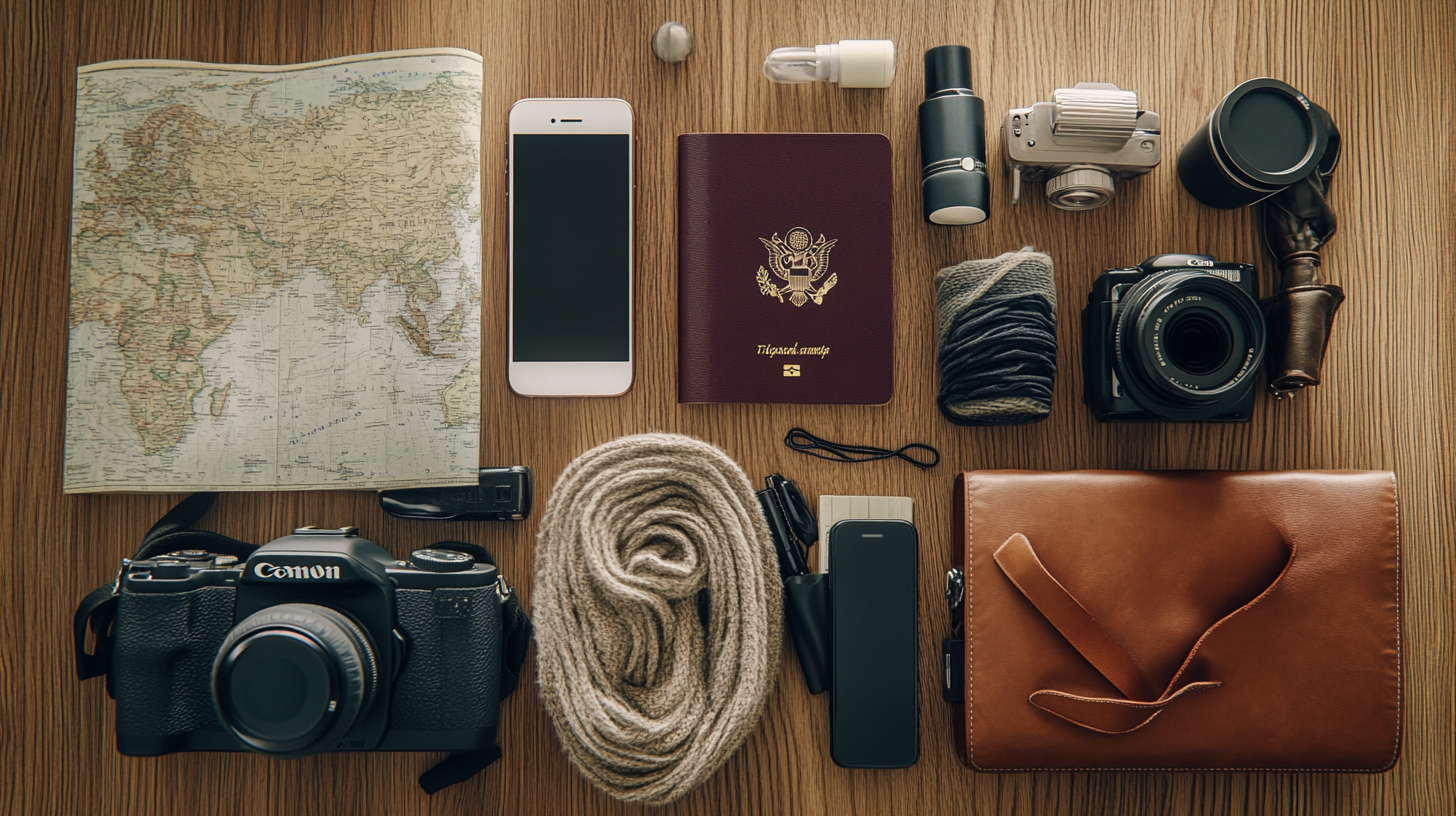
Packing for a long-haul flight requires a strategic approach. Your carry-on should be a multi-functional bag—consider options from Top-Rated Multi-Functional Carry-On Bags for Travelers —containing all the essentials you’ll need during the flight and immediately upon arrival. Include items such as a travel pillow, noise-canceling headphones, and an eye mask to enhance your in-flight comfort. Don’t underestimate the value of packing cubes or organizers to keep your items accessible and tidy. Sanitary wipes, a travel toothbrush, and toothpaste are crucial for maintaining hygiene during the journey.
Dress in comfortable, layered clothing to adapt to changing temperatures. Compression socks are highly recommended to improve circulation and reduce the risk of deep vein thrombosis (DVT). Remember to pack a change of clothes in your carry-on in case of delays or lost luggage. Lastly, ensure your electronics are fully charged and consider bringing a portable charger to keep your devices powered throughout the flight. For reliable options, check out Best Portable Chargers for International Travel .
Adjusting Your Sleep Schedule

One effective way to mitigate the effects of jet lag is to adjust your sleep schedule to align with your destination’s time zone before you depart. Gradually shifting your bedtime by an hour or two in the days leading up to your flight can help your body acclimate more quickly upon arrival. To assist with this, consider reading a Comprehensive Guide to Adjusting Sleep Schedules Before Travel . Several travelers recommend using apps like Timeshifter, which provides personalized plans to manage light exposure and sleep times, aiding in the adjustment process.
At the Airport
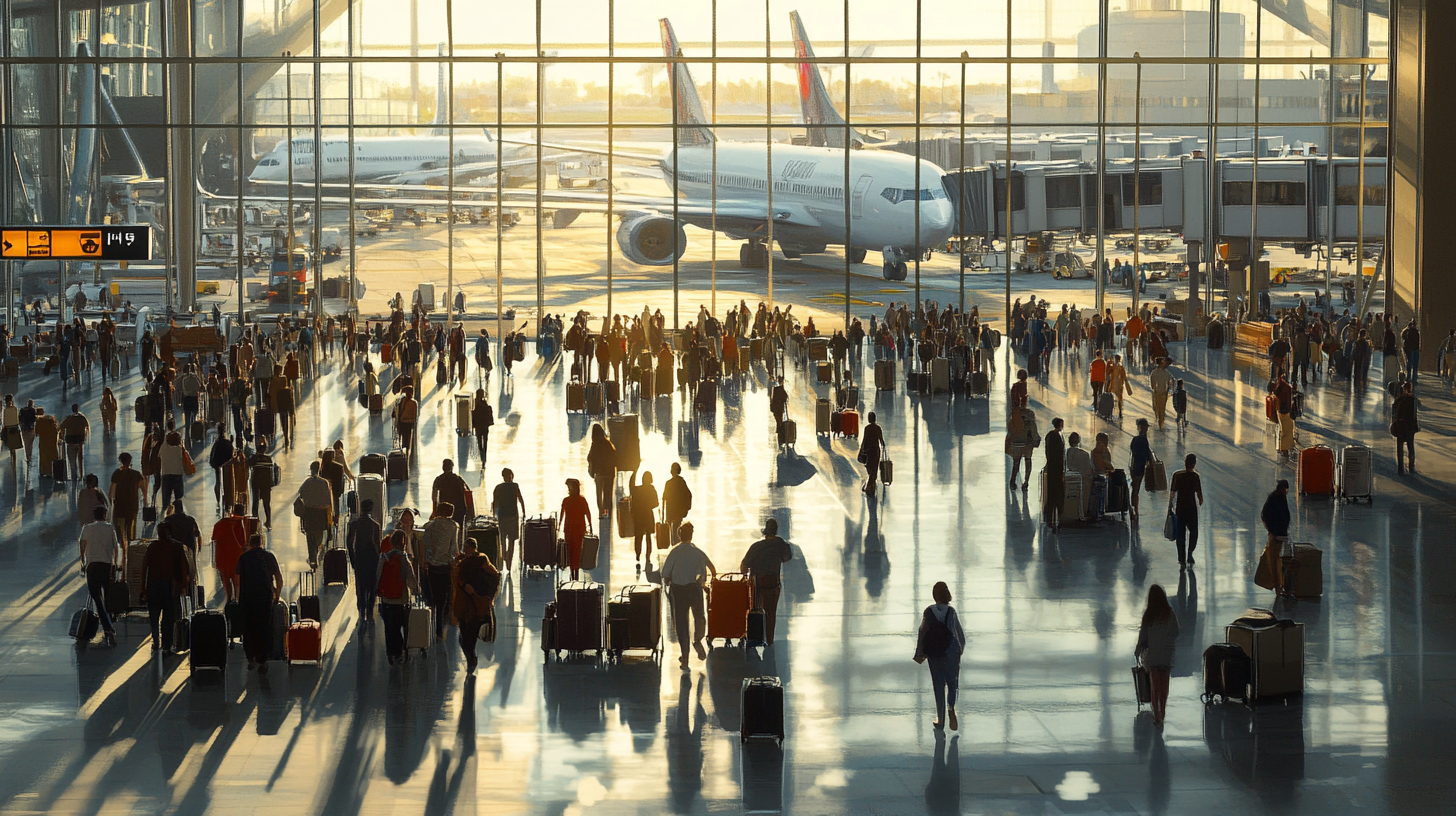
Arriving Early and Navigating Security

Arriving at the airport early is essential, especially for international flights. This extra time allows you to check in, drop off luggage, and navigate through security without feeling rushed. Enrolling in programs like TSA PreCheck or Global Entry Program for International Travelers can expedite the security process, allowing you to keep on shoes and jackets and leave laptops in your bag, saving valuable time and reducing stress.
Keep your travel documents and boarding pass easily accessible. Familiarize yourself with the Transportation Security Administration (TSA) guidelines to avoid any surprises during the screening process. Liquids, gels, and aerosols should be in containers of 3.4 ounces (100 milliliters) or less and placed in a clear quart-sized bag. For a detailed list, refer to the TSA’s List of Prohibited Items and Guidelines .
Making the Most of Layovers and Airport Lounges
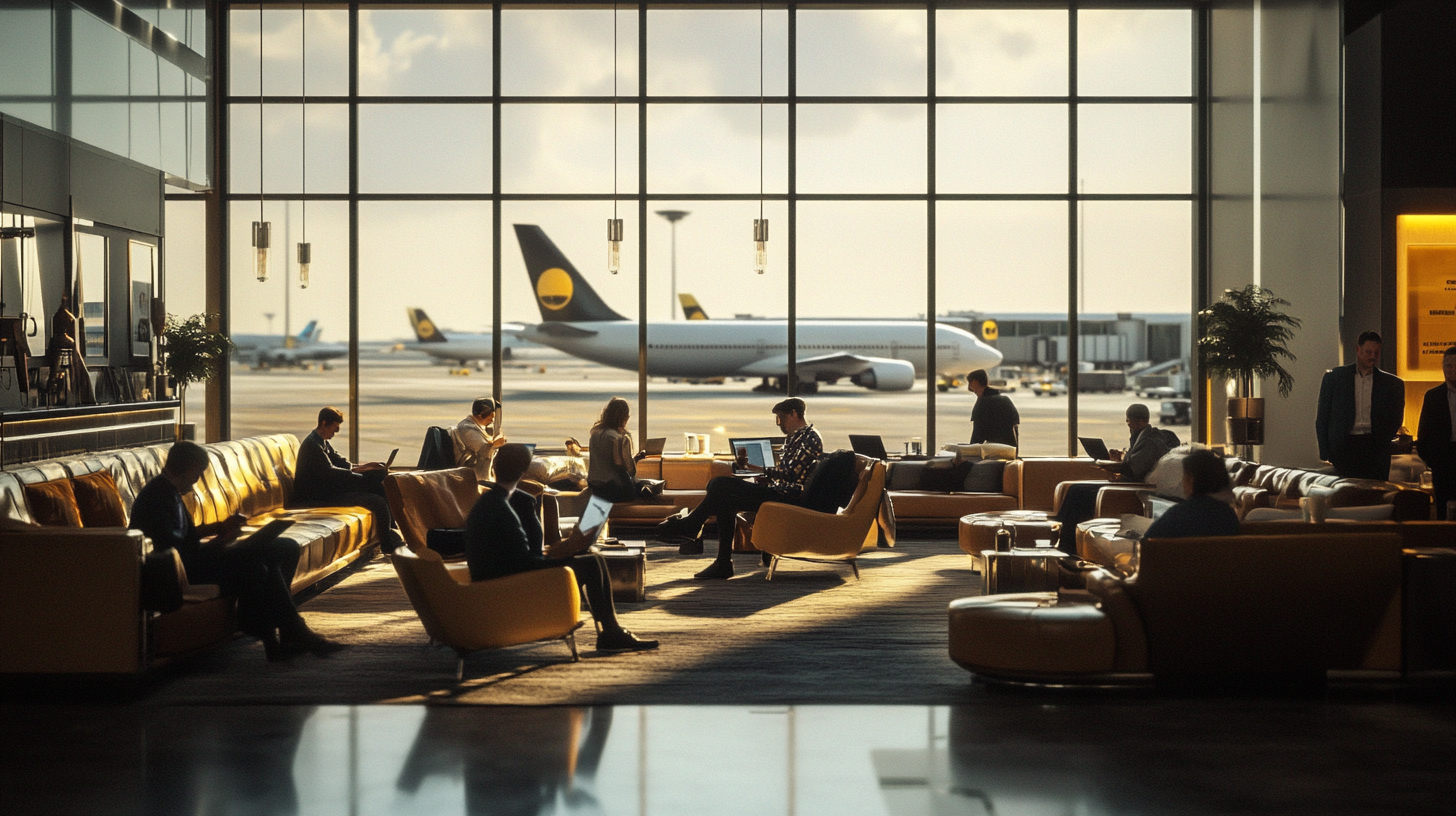
If your journey includes layovers, consider utilizing airport lounges to relax and recharge. Many lounges offer comfortable seating, complimentary snacks, Wi-Fi, and even showers. Access may be available through certain credit cards, airline statuses, or by purchasing a day pass. For more information on how to gain entry, check out the Complete Guide to Accessing Airport Lounges Worldwide . These amenities can make a significant difference during long waits between flights.
Use this downtime to stay hydrated, stretch, and perhaps even catch a quick nap. Keeping active during layovers by walking around the terminal can also help maintain circulation and reduce stiffness before the next leg of your journey.
On the Plane

Dressing Comfortably

Comfort is paramount during a long flight. Wear loose-fitting, breathable clothing and dress in layers to accommodate the fluctuating cabin temperatures. A comfortable outfit might include a soft T-shirt, a light sweater or sweatshirt, and stretchable pants. Slip-on shoes are practical for security checkpoints and when you want to relax on the plane. Don’t forget to pack a pair of warm socks to keep your feet cozy. Additionally, consider wearing Compression Wear for Long Flights to improve circulation and reduce swelling.
Managing In-Flight Comfort
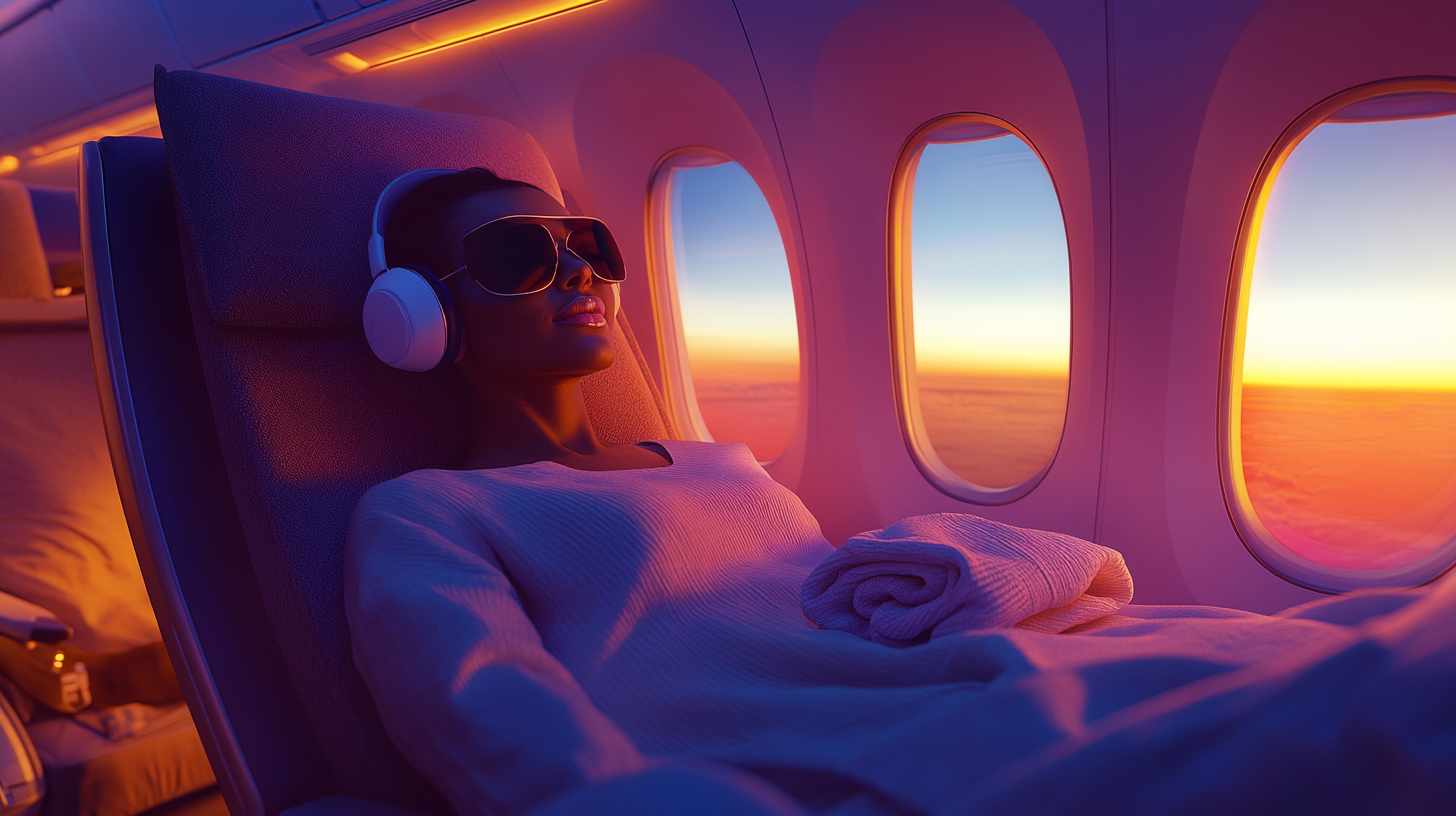
Staying Hydrated
Airplane cabins have low humidity levels, which can lead to dehydration. It’s essential to stay hydrated by drinking plenty of water before and during your flight. Carry an empty water bottle through security and fill it up before boarding—consider options from Best Travel-Friendly Reusable Water Bottles . Avoid excessive caffeine and alcohol, as they can contribute to dehydration and disrupt sleep patterns.
Managing Temperature Changes
Cabin temperatures can vary throughout the flight. Layering your clothing allows you to adjust as needed. Bringing a travel blanket and hand warmers—check out Top Travel Blankets and Accessories for Comfort —can provide additional comfort if you tend to feel cold. Conversely, wearing breathable fabrics can help if the cabin becomes warm.
Noise Control and Entertainment
A peaceful environment can make all the difference on a long flight. Invest in a good pair of noise-canceling headphones—like those featured in Top Noise-Canceling Headphones for Travelers —to block out engine noise and fellow passengers. They also enhance the experience when enjoying in-flight entertainment or your own music and movies. Don’t rely solely on the airline’s entertainment system; bring backup options like an eReader, tablet, or books to keep yourself occupied. For ideas on what to read, explore the Best Travel-Themed Books for Long Flights .
Eating Well
Eating light, nutritious meals can help you feel better during and after the flight. Consider pre-ordering a special meal, such as a vegetarian option, which some travelers find to be fresher and more satisfying. Packing your own healthy snacks—see Healthy Snack Ideas for Long Flights —like nuts, dried fruit, or granola bars, ensures you have something you enjoy and can help you avoid unhealthy options.
Stretching and Moving
Sitting for extended periods can lead to discomfort and health risks. Regular movement and stretching are crucial to maintain circulation and reduce stiffness. Simple in-seat exercises—refer to In-Flight Stretching Exercises for Travelers —like ankle rotations and leg lifts, can be beneficial. Whenever possible, take short walks up and down the aisle. Wearing compression socks further aids in promoting blood flow during the flight.
Health and Wellness

Sleep Strategies
Getting quality rest on a plane can be challenging. Using an eye mask and earplugs can create a more conducive sleep environment by blocking out light and noise. Travel pillows—such as those in Best Travel Pillows and Sleep Accessories —provide neck support, making it easier to fall asleep and stay asleep. Adjusting your watch to the destination’s time zone upon boarding can help mentally prepare you for the time change.
Avoiding Jet Lag
Jet lag can significantly impact the first few days of your trip. In addition to adjusting your sleep schedule before departure, stay hydrated and avoid heavy meals during the flight. Some travelers find that natural supplements or melatonin can assist in resetting their internal clock—consult your doctor before trying these. For more tips, read Effective Strategies to Beat Jet Lag . Upon arrival, try to expose yourself to natural daylight and resist the urge to nap, aligning your body with the local time as quickly as possible.
Hygiene and Sanitation
Maintaining personal hygiene during a long flight helps you feel refreshed. Pack a small hygiene kit in your carry-on with items like toothbrush and toothpaste, facial wipes, hand sanitizer, and lip balm. For a comprehensive list, see Essential Travel Hygiene Kit Items . Sanitary wipes are also useful for cleaning your tray table and armrests, reducing exposure to germs. Using these items periodically throughout the flight can reinvigorate you and contribute to overall well-being.
After the Flight

Navigating Arrival Procedures

Upon landing, having your travel documents and any required forms readily accessible will expedite your passage through immigration and customs. Be prepared to declare any items as necessary and follow the signage to avoid unnecessary delays. For more advice, refer to Tips for Smooth Customs and Immigration Clearance . If traveling internationally, it’s beneficial to have the address of your accommodations easily accessible, as you may need to provide it on arrival forms or to immigration officers.
Dealing with Baggage
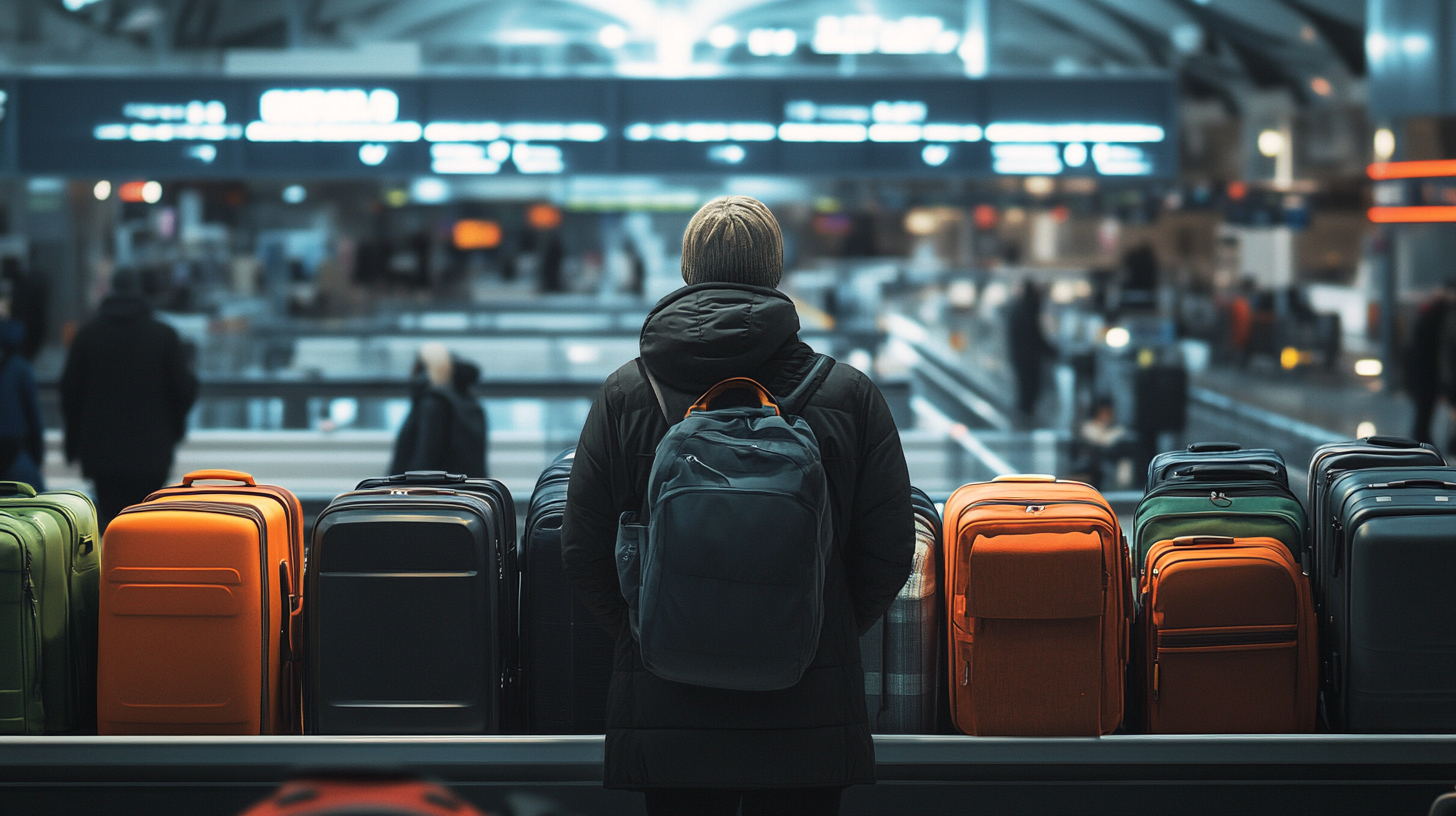
Proceed to the baggage claim area to retrieve any checked luggage. Recognizing your bag quickly can save time; using colorful tags or ribbons can make your suitcase stand out among the sea of similar-looking luggage. In the unfortunate event of lost or damaged bags, report it immediately to the airline’s baggage service office within the airport. Having a photo of your luggage can assist in the recovery process. For detailed steps on what to do, consult the Guide to Handling Lost or Delayed Luggage .
Final Thoughts

Your first long-haul flight doesn’t have to be intimidating. With careful planning and the right strategies, it can be an enjoyable part of your travel adventure. Remember to prioritize comfort, stay organized with your documents and essentials, and take proactive steps to maintain your health and well-being. For a handy reference, download our Printable Checklist for Long-Haul Flight Preparation . Whether you’re crossing continents or oceans, these tips will help you arrive at your destination feeling refreshed and ready to explore.
Follow us back to BoardingArea for more travel tips and insights. Bon voyage!









